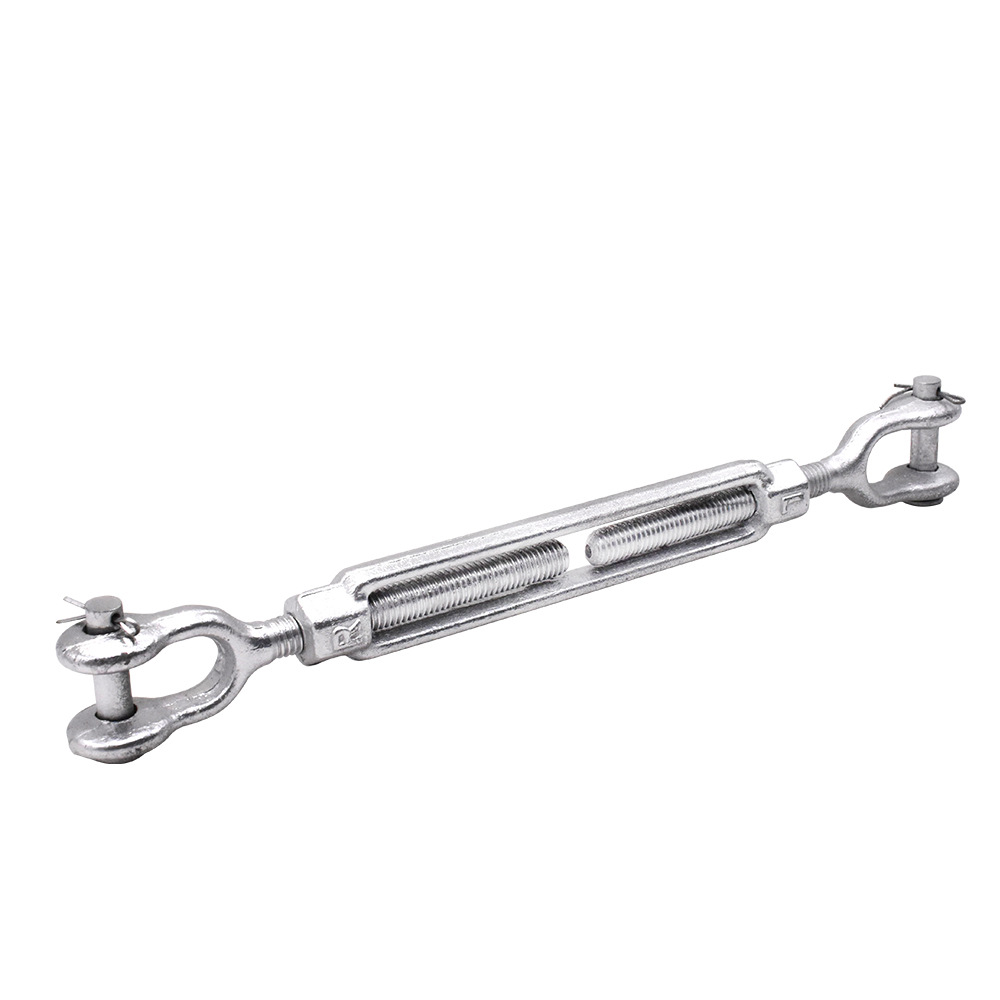News
Déc . 11, 2024 10:53 Back to list
High-Quality Marine Turnbuckles from Leading Manufacturers for Secure Boat Rigging
Understanding Marine Turnbuckles A Deep Dive into Manufacturer Offerings
In the world of marine hardware, turnbuckles play a pivotal role in ensuring the integrity and safety of various installations. A turnbuckle is a metal device that consists of a frame with two threaded ends. It allows for the adjustment of tension and length in cables, rigging, and various structures, making it indispensable for marine applications.
What Is a Marine Turnbuckle?
Marine turnbuckles are specifically designed for use in marine environments, where they are subjected to the challenges posed by saltwater, moisture, and varying weather conditions. A traditional turnbuckle can be made from various materials, including stainless steel, aluminum, or plastic; however, marine turnbuckles typically prioritize corrosion resistance, with stainless steel being the most common choice due to its durability.
What sets marine turnbuckles apart is their ability to withstand harsh conditions while maintaining functionality. Whether used in sailing rigs, mooring systems, or structural fittings, marine turnbuckles must provide reliable and adjustable tension to ensure safety and performance.
Types of Marine Turnbuckles
Manufacturers offer a range of marine turnbuckles to cater to different needs and applications. The common types include
1. Open Turnbuckles These feature a simple design without a closure mechanism. They are easy to adjust but may require additional safety measures to ensure they do not inadvertently unscrew.
2. Closed or Closed-End Turnbuckles These have a fixed end, making them more secure and reducing the risk of accidental loosening.
3. Swage Turnbuckles These are specifically designed for use with swaged terminal ends, creating a seamless and sturdy connection. Swage turnbuckles eliminate weak points and are ideal for high-stress applications.
4. Rigging Turnbuckles Often used in sailing, these are designed to control the tension of sail rigging. They come in various configurations to suit specific needs, such as forestays or backstays.
5. Jaw and Jaw Turnbuckles These types have jaws at both ends, allowing for easy connection to other rigging components.
6. Eye and Eye Turnbuckles These have eyes (or loops) at both ends, which enable connection with pins or shackles for a secure fit.
Key Considerations When Choosing a Marine Turnbuckle
manufacturer marine turnbuckle

When selecting a marine turnbuckle, several essential factors should be considered
- Material The material will significantly impact longevity and performance. Stainless steel is preferred for its corrosion resistance, although other materials may be suitable for freshwater applications.
- Size and Strength The size of the turnbuckle should correspond to the load it will bear. Marine turnbuckles are rated by their working load limits, so it’s crucial to choose one that adequately meets the demands of the installation.
- Thread Type Common thread types include fine and coarse threads. Fine threads allow for more precise adjustments, while coarse threads provide quicker tension adjustments.
- Safety Features Depending on the application, consider turnbuckles with safety caps or locking mechanisms to prevent accidental loosening.
Maintenance Tips for Marine Turnbuckles
To prolong the life of marine turnbuckles, regular maintenance is essential. Here are some key tips
1. Inspect regularly Frequent inspections can identify signs of wear, corrosion, or damage early, allowing for timely replacements.
2. Clean after use Remove saltwater and debris after every outing to minimize corrosion and improve performance.
3. Lubricate Threads Apply marine-grade grease or oil to the threads during maintenance to ensure smooth operation and prevent rust.
4. Store Properly When not in use, store turnbuckles in a dry environment to prevent moisture-related damage.
Conclusion
Marine turnbuckles are fundamental components in the realm of marine hardware, providing the necessary tension and adjustments for a variety of applications. By choosing the right type and ensuring proper maintenance, users can significantly enhance the performance and lifespan of these critical fittings. As manufacturers continue to innovate and improve materials and designs, the versatility and reliability of marine turnbuckles will only continue to grow, ensuring safe and effective marine operations for years to come.
